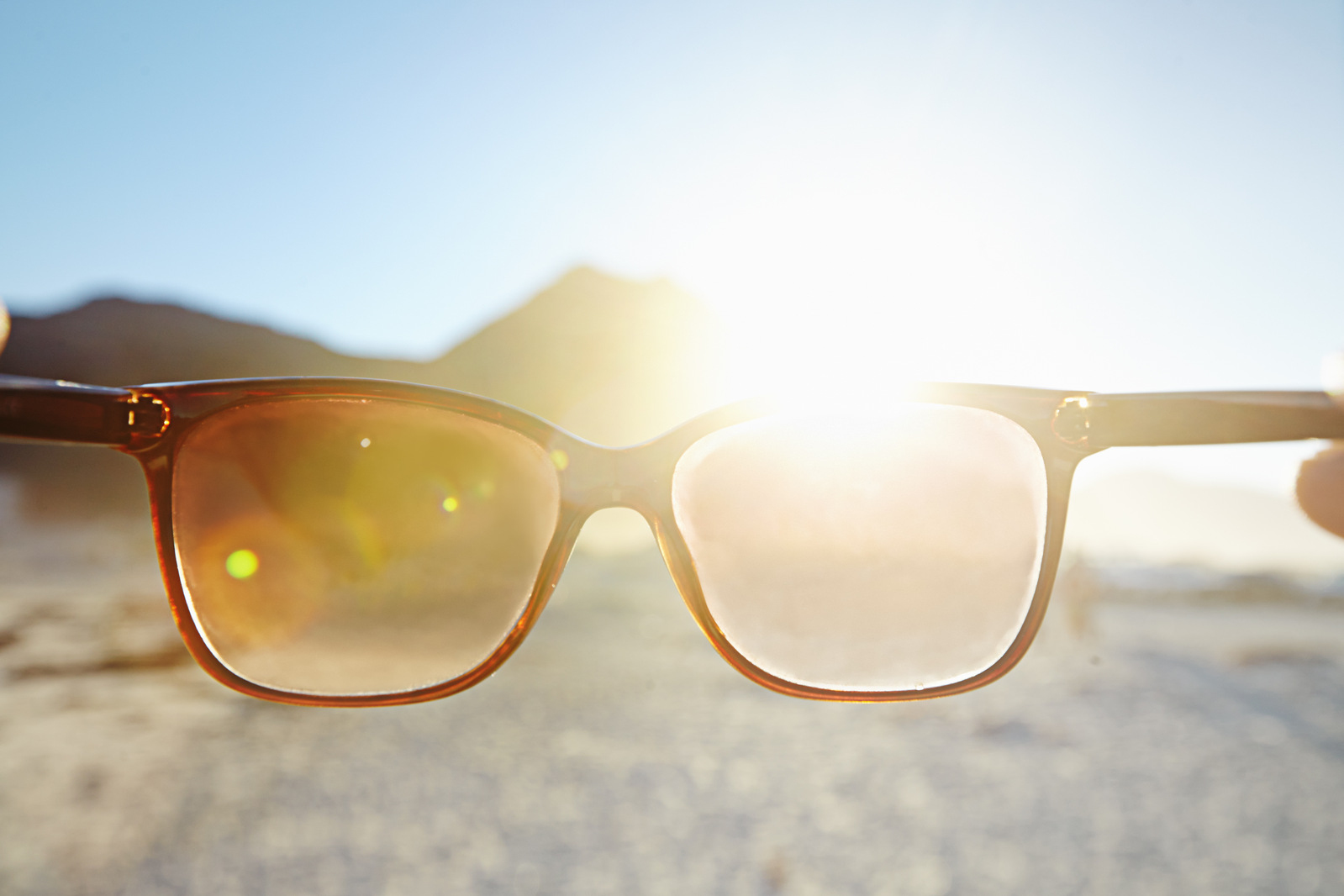3 Eye Conditions Sun Exposure Can Cause
Introduction
Sun exposure is not only harmful to your skin but can also have detrimental effects on your eyes. While many people are aware of the importance of sunscreen for skin protection, they often overlook the need to shield their eyes from harmful UV rays. Prolonged exposure to sunlight can lead to various eye conditions, some of which can cause long-term damage to vision. In this article, we’ll explore three common eye conditions that can result from sun exposure and discuss preventive measures to safeguard your eye health.
Cataracts
- Cause: Cataracts occur when the lens of the eye becomes cloudy, leading to blurred vision. UV radiation from the sun is a significant risk factor for the development of cataracts. The lens absorbs UV light, and over time, this exposure can cause proteins in the lens to break down and clump together, resulting in cataract formation.
- Prevention: Wearing sunglasses that block 100% of UVA and UVB rays is essential for preventing cataracts. Look for sunglasses labeled with UV 400 or “100% UV protection.” Additionally, wearing a wide-brimmed hat can provide extra protection by shielding your eyes from direct sunlight.
Macular Degeneration
- Cause: Age-related macular degeneration (AMD) is a leading cause of vision loss among older adults. Chronic exposure to UV radiation is believed to contribute to the development and progression of AMD. UV rays can damage the macula, the central part of the retina responsible for sharp, central vision, leading to degeneration over time.
- Prevention: Along with wearing UV-blocking sunglasses, consuming a diet rich in antioxidants, vitamins, and minerals can help reduce the risk of AMD. Foods such as leafy greens, fruits, and fish high in omega-3 fatty acids are beneficial for eye health. Additionally, regular eye exams can detect early signs of AMD, allowing for timely intervention to preserve vision.
Pterygium
- Cause: A pterygium, often referred to as “surfer’s eye,” is a non-cancerous growth that develops on the conjunctiva, the thin, clear tissue that covers the white part of the eye. Prolonged exposure to UV radiation, wind, and dust increases the risk of developing a pterygium. Surfers, outdoor enthusiasts, and individuals living in sunny climates are particularly susceptible.
- Prevention: Wearing wrap-around sunglasses or protective eyewear can prevent UV rays from reaching the eyes and reduce the risk of developing a pterygium. Lubricating eye drops may also help alleviate dryness and irritation associated with prolonged sun exposure. If a pterygium does develop, it’s essential to seek medical attention to prevent it from worsening and potentially affecting vision.
Conclusion
Protecting your eyes from the sun’s harmful UV rays is crucial for maintaining good eye health and preventing vision problems later in life. By wearing UV-blocking sunglasses, hats, and taking other preventive measures, you can significantly reduce the risk of developing eye conditions such as cataracts, macular degeneration, and pterygium. Remember to prioritize your eye health whenever you’re outdoors, and encourage others to do the same.
World Eye Care Foundation’s eyecare.live brings you the latest information from various industry sources and experts in eye health and vision care. Please consult with your eye care provider for more general information and specific eye conditions. We do not provide any medical advice, suggestions or recommendations in any health conditions.
Commonly Asked Questions
Outdoor activities like skiing, hiking, and water sports, as well as living in sunny climates, can increase your risk of sun-related eye damage. It’s essential to take extra precautions, such as wearing UV-blocking sunglasses and hats, in these environments.
Look for sunglasses that block 100% of UVA and UVB rays. You can also check for labels like UV 400 or “100% UV protection” to ensure proper shielding from harmful UV radiation.
Yes, indoor tanning beds emit UV radiation that can damage your eyes, leading to conditions like cataracts and pterygium. It’s important to wear protective eyewear specifically designed for indoor tanning to reduce the risk of eye damage.
Contact lenses provide limited UV protection for the cornea, but they don’t shield the entire eye from UV radiation. It’s best to wear UV-blocking sunglasses in addition to contact lenses for comprehensive eye protection.
Symptoms of macular degeneration include blurred or distorted central vision, difficulty seeing details, and dark or empty spots in your vision.
Yes, foods rich in antioxidants, vitamins (particularly A, C, and E), and minerals like zinc and omega-3 fatty acids can support eye health and provide some protection against sun-related damage.
Yes, children are also susceptible to eye conditions caused by sun exposure. It’s crucial to protect their eyes with UV-blocking sunglasses and hats whenever they’re outside to reduce the risk of long-term damage.
Even on cloudy days, UV rays can penetrate through clouds and cause eye damage. Therefore, it’s essential to wear sunglasses with UV protection whenever you’re outdoors, regardless of the weather.
It’s recommended to replace your sunglasses every 2 years, as the UV-blocking ability of lenses can degrade over time with wear and exposure to sunlight.
No, not all sunglasses provide adequate protection against UV radiation. Look for sunglasses labeled with UV 400 or “100% UV protection” to ensure proper shielding from harmful rays.
news via inbox
Subscribe here to get latest updates !







